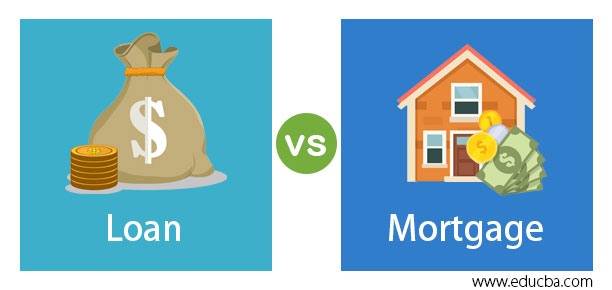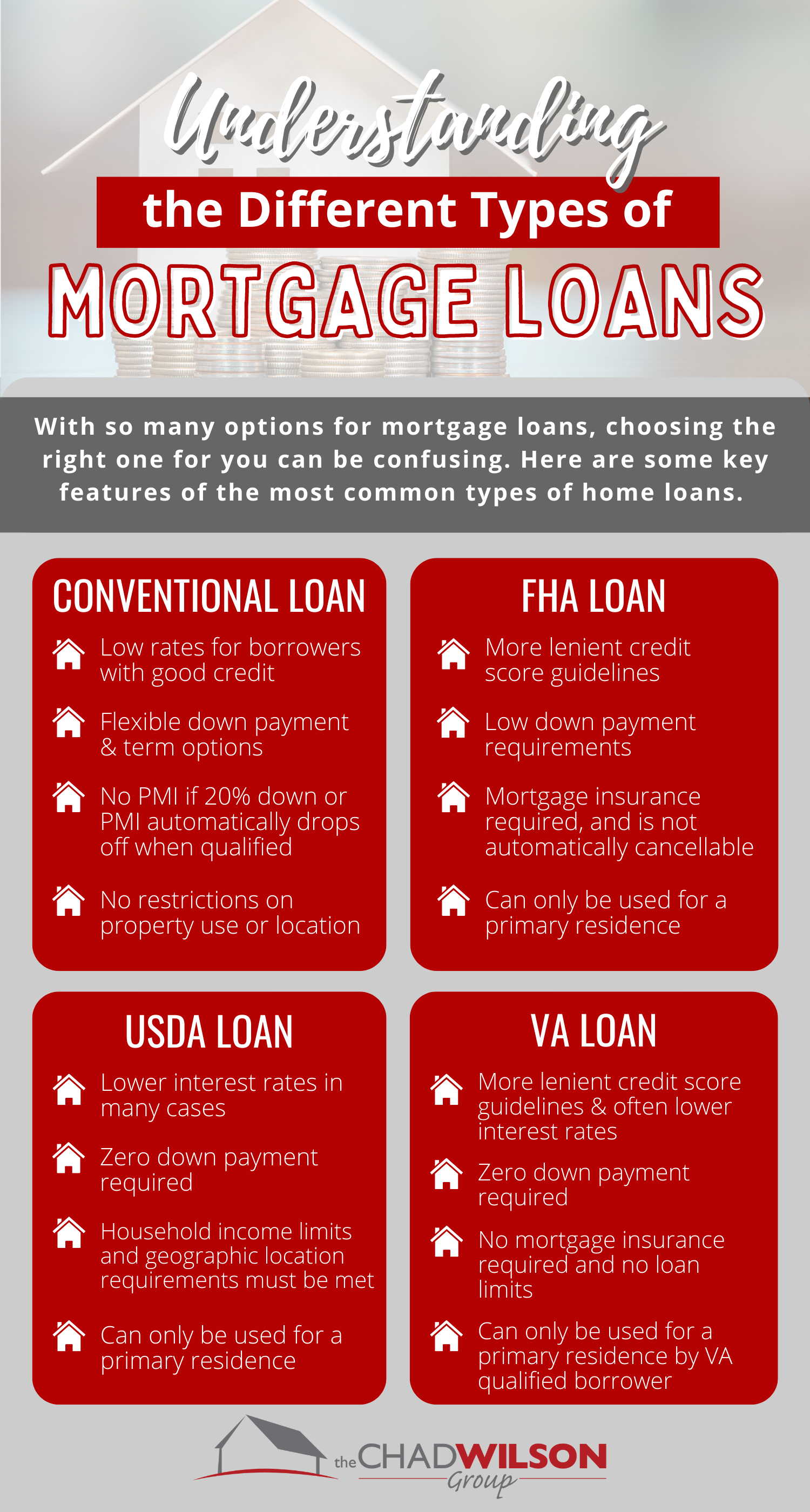Conventional Mortgage Loans: Exactly How They Contrast to Various Other Loan Options
Conventional Mortgage Loans: Exactly How They Contrast to Various Other Loan Options
Blog Article
The Necessary Elements to Consider When Deciding On Between Fixed-Rate and Adjustable-Rate Mortgage Car Loans
When examining mortgage alternatives, consumers deal with an essential decision in between adjustable-rate and fixed-rate finances, each presenting potential challenges and distinctive benefits. Trick factors to consider such as passion rate stability, predictability in regular monthly payments, and the ramifications of prospective rate adjustments can substantially affect long-term financial health. Comprehending the awaited duration of homeownership and the general expense of loaning can form one's technique. As these elements link with individual financial circumstances and take the chance of tolerance, the effects of this option might not be as simple as they seem. What nuances should be prioritized in this vital decision-making process?
Rate Of Interest Stability
When picking a home loan, recognizing interest rate security is vital for informed decision-making. Rate of interest rates can dramatically impact the total expense of a mortgage, and identifying the nature of these prices is crucial for customers. Fixed-rate home loans provide the benefit of consistent month-to-month settlements over the life of the lending, securing debtors from market fluctuations. This stability makes it possible for homeowners to prepare their funds with greater certainty, as they will certainly not be affected by climbing rate of interest.
On the various other hand, variable-rate mortgages (ARMs) start with lower initial rates that may alter regularly based upon market problems. While this can cause reduced settlements originally, it also introduces uncertainty, as customers might encounter increased repayments if rate of interest increase. For those taking into consideration an ARM, it is important to analyze the possibility of price adjustments, the potential for payment boosts, and the length of the preliminary fixed-rate period.
Eventually, the option between adjustable-rate and fixed-rate home mortgages pivots on private danger tolerance and financial circumstances. Understanding interest rate security helps borrowers make informed choices that straighten with their lasting economic objectives.
Regular Monthly Repayment Predictability
While customers commonly prioritize interest rate security, the predictability of monthly repayments is equally crucial in the home loan selection procedure (Conventional mortgage loans). Regular monthly payment predictability plays a critical role in budgeting and monetary planning, as it directly affects a home owner's cash money flow and total economic wellness
Fixed-rate home loans offer a regular regular monthly settlement throughout the life of the loan, enabling borrowers to prepare for and plan their expenditures efficiently. This security can be especially useful for novice buyers or those on a fixed revenue, as it gets rid of the unpredictability associated with rising and fall payments.
On the other hand, adjustable-rate mortgages (ARMs) commonly feature reduced initial repayments that can transform over time, causing potential variability in month-to-month responsibilities. While originally appealing, this changability can make complex financial planning, specifically if customers do not make up future rate modifications.
Possible Rate Modifications
In the world of adjustable-rate home loans (ARMs), potential price changes stand for a considerable factor that debtors must thoroughly think about. Unlike fixed-rate home mortgages, where the interest price remains unmodified for the life of the financing, ARMs are characterized by fluctuating passion prices that are linked to market indices. This variability can result in considerable adjustments in month-to-month repayments, influencing the borrower's financial preparation and budgeting.
Generally, ARMs have a preliminary fixed-rate period during which the interest rate is stable. Hereafter duration, nevertheless, the rate adjusts at predetermined intervals-- generally each year. Consumers have to understand the margin go to my blog and index utilized to determine these adjustments, as they directly affect future rate of interest. Additionally, ARMs often include caps that restrict how much the rate of interest price can enhance at each change and over the life of the loan, which can offer some level of security versus radical price walks.
Understanding these potential modifications is critical for borrowers, as they directly impact long-lasting repayment responsibilities. Analyzing personal economic situations and run the Full Article risk of resistance is vital when deciding whether an ARM lines up with one's monetary objectives.
Funding Term Factors To Consider
Funding term factors to consider play a pivotal role in the decision-making process for borrowers selecting in between fixed-rate and adjustable-rate home mortgages. The length of the loan term significantly impacts month-to-month payments, passion rates, and overall economic planning.

Inevitably, borrowers have to analyze their personal situations, financial objectives, and market problems when weighing the ramifications of finance term choices within each home loan type.

Overall Cost of Borrowing
The total cost of borrowing is a vital element that can dramatically affect a customer's choice between fixed-rate and adjustable-rate home mortgages. Fixed-rate home mortgages use predictable regular monthly repayments, as the rates of interest continues to be consistent throughout the finance term. This predictability can cause lower general prices, particularly in a steady or declining rates of interest setting. Borrowers can budget successfully, recognizing their settlements will certainly not fluctuate.
Alternatively, adjustable-rate mortgages (ARMs) typically begin with reduced preliminary prices, causing minimized ahead of time prices. Nonetheless, these prices can increase after a first duration, causing possibly greater long-lasting prices. Borrowers need to consider the frequency and wikipedia reference extent of price modifications, as well as the overall loan period, to precisely analyze the financial effects.
Additionally, the overall price of borrowing incorporates not only rate of interest yet likewise fees and various other connected costs, such as closing costs and insurance coverage (Conventional mortgage loans). Therefore, when assessing home mortgage choices, consumers ought to conduct an extensive expense analysis over the life of the financing. By doing so, they can make an educated choice that aligns with their monetary goals and run the risk of tolerance
Final Thought
In conclusion, picking between fixed-rate and adjustable-rate mortgage demands mindful consideration of numerous essential elements. Rates of interest stability and monthly repayment predictability are vital for effective budgeting, while the capacity for price modifications in ARMs presents monetary uncertainty. Furthermore, the awaited duration of homeownership and the total cost of borrowing, consisting of passion rates and linked fees, have to line up with individual economic conditions and take the chance of resistance. Such a thorough evaluation will certainly help with educated decision-making in home loan choice.
Trick considerations such as rate of interest price stability, predictability in regular monthly repayments, and the effects of potential rate adjustments can considerably impact lasting financial wellness. Interest prices can substantially affect the total cost of a home mortgage, and recognizing the nature of these prices is vital for borrowers. Unlike fixed-rate home mortgages, where the interest price continues to be unchanged for the life of the car loan, ARMs are defined by rising and fall passion prices that are linked to market indices. Additionally, ARMs frequently include caps that restrict just how much the rate of interest rate can increase at each change and over the life of the financing, which can give some degree of protection against radical rate walks.
Passion rate stability and month-to-month payment predictability are critical for reliable budgeting, while the possibility for rate adjustments in ARMs presents monetary unpredictability.
Report this page